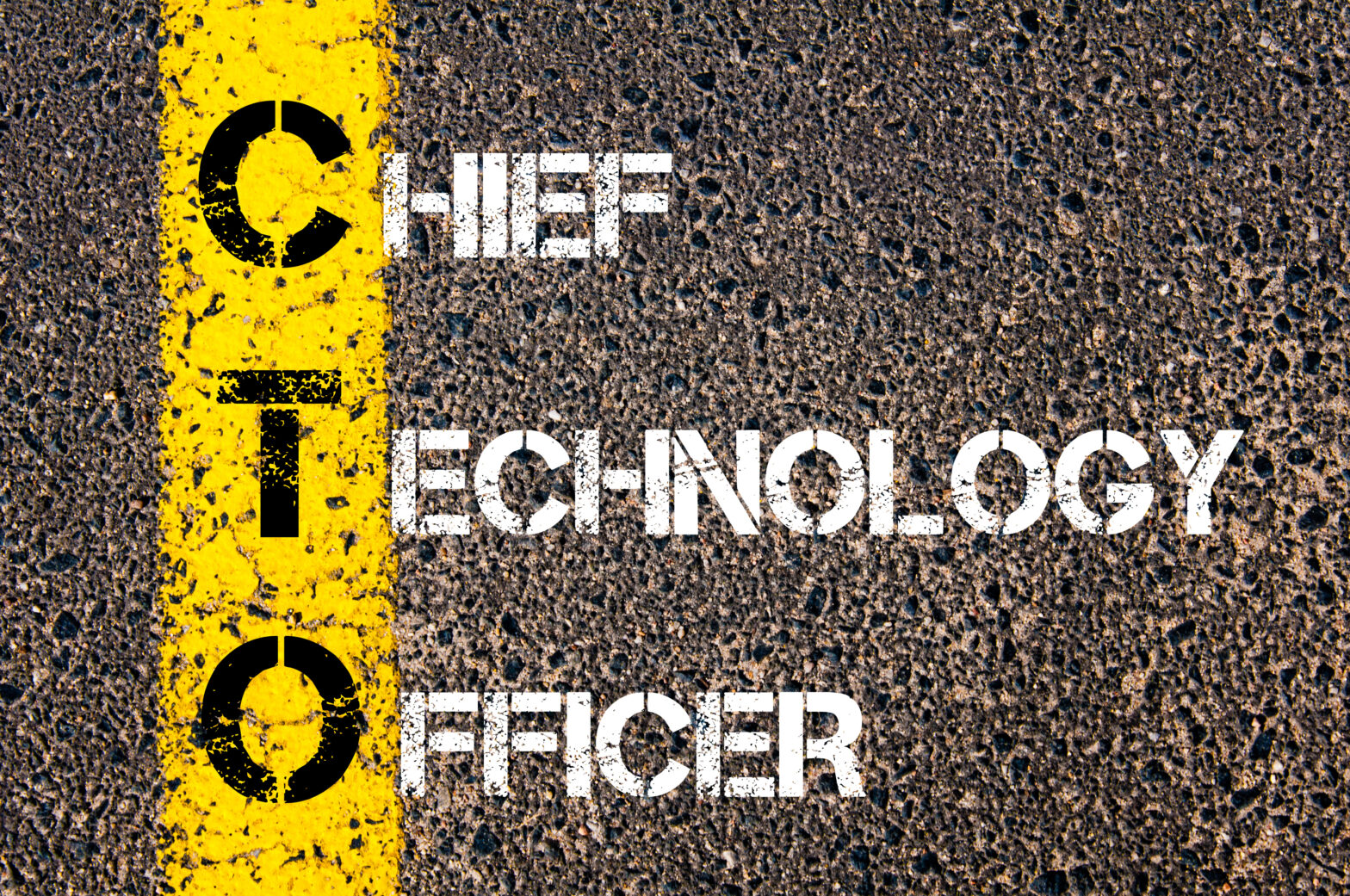What does it take to become a CTO?
The information technology (IT) industry employs over 6 million people across a range of industries from healthcare to finance and The Bureau of Labor Statistics predicted that the occupational field is set to grow by 18% by 2022.
Careers in IT span across design, creation, management and maintenance of the varied components of the system, including software, hardware, networks, systems integration and multimedia.
Generally speaking, IT can be divided into four central pathways: network systems, information support and services, programming and software development, and web and digital communication.
>See also: How the CIO of the Year transformed technology at the Financial Times
There are a number of IT career paths specifically that are expected to see even more growth by 2022 than others, they include information security analysts (37% growth), computer systems analysts (25% growth), web developers (20% growth). Robert Half predicts companies will be seeking talent in three major areas: big data, security and mobile.
But, heading up nearly all of the job roles and sectors mentioned above is the holy grail of IT roles; the chief technology officer (CTO).
In the tech world, CTO is a title that most IT graduates, software engineers and developers as well as programme managers can only dream of holding one day.
So, what does it take to become a CTO?
Education, education, education.
Whether you’re aspiring to be a web developer or analyst or you’re working towards a programme manager, it’s likely you’re aiming to be a CTO one day and you’ll to invest in a solid education to do so.
The most common educational path to becoming CTO position includes a bachelor’s degree in computer science or a related field, and preferably from a tech university or college with a great reputation.
It also seems to be a common undertaking for CTOs to study for a Master’s of Business Administration (MBA) with a heavy concentration in the technological side of business administration.
Qualified candidates will be confident in finance, accounting, and management as well as networking, information security, and systems design.
Industry experience
A great deal of industry experience is usually required to become a CTO. Professional certifications in technical domains can help candidates as well, and experience in sales, marketing and finance can also be attractive to employers.
>See also: Barclays appoints new CTO to help drive strategic transformation
Potential CTOs should also demonstrate their leadership and people management skills, as the role will require individuals to manage multiple teams and projects at once.
If you’re an IT graduate, then start to put yourself forward for internships and if you are already in a management role then have you considered being a mentor?
Building a network of connections
Most business professionals know that building a network of connections is important, but for reaching the dizzy heights of becoming a CTO it’s vital. The technology landscape is fast paced, and the developments are ever changing so in order to stay on top of industry trends and products, CTOs need to keep their networks open and share their experiences, learnings and successes.
Relationships are the catalyst for success and people do business with those they like and trust.
Is there a blueprint for becoming a CTO?
In a recent interactive content piece, Agil8 revealed the blueprint to becoming a CTO based on the examples, on average it will take you 24 years from leaving higher education to becoming CTO.
You’ll work in 4 companies, in a total of 8 positions, for a maximum of 5 years and minimum of 1 year in any one position.
>See also: Researchers find undetected insider threats in 100% of companies
The role of the modern CTO comes with more hats and responsibilities than ever before and there are complex steps to take.
Job opportunities for CTOs are expected to be on the rise in the next 5 years and the continued increase of business transactions, interactions and deals made over data networks is cited as the main driver of this.
Digital innovations across the technology market, including growth in cloud computing and mobile device usage, has also contributed to the predicted uprise.
Are you on the right track to becoming a CTO?
David Hicks, founder of the Agil alliance and trainer at Agil8







